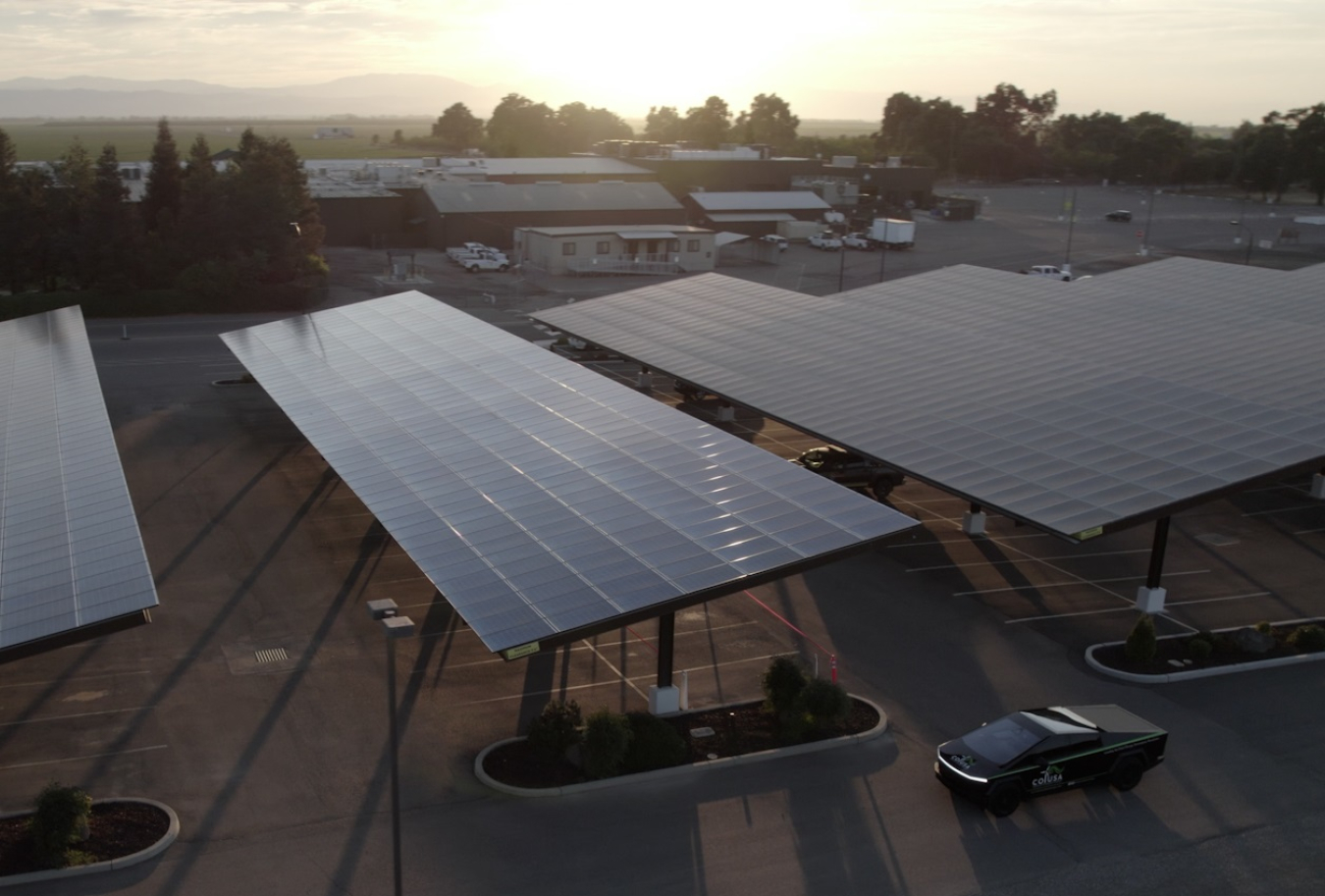Electrifying Nearly 25% More Tribal Homes and Strengthening Energy Sovereignty
Office of Indian Energy Policy and Programs
November 4, 2024Electrifying Nearly 25% More Tribal Homes and Strengthening Energy Sovereignty
In this Tribal Energy Snapshot, learn more about Colusa Indian Community Council’s expansion of the electric distribution line to power more Tribal homes. The project was co-funded by the U.S. Department of Energy (DOE) Office of Indian Energy.
Project Overview
The Colusa Indian Community sits in a rural area about an hour north of Sacramento, California, in the heart of Northern California’s agricultural land on a 290-acre Reservation along the Sacramento River.
Since the development of Colusa Indian Energy, the Tribal Utility Authority, Tribal homes and businesses are 100% powered by the Tribally-owned and operated cogeneration power plant and microgrid system.
This project will expand the microgrid electric distribution line to power more of the Community’s homes as well as newly installed energy-efficient light-emitting diode (LED) street lighting. Building on two previous DOE Office of Indian Energy co-funded projects—a 450-kilowatt solar canopy array and a previous distribution line expansion to power homes and Tribal buildings—this project expands the reach of the Community’s microgrid to provide reliable power to Tribal members.
Project Quick Facts
Total energy provided:
The expansion will enable critical housing for Tribal members by supporting the additional energy demand of 185,000 kilowatt-hours per year.
Homes powered:
This project will power seven more Tribal homes in the community, upping the total from 30 to 37—a 23% increase.
Total project cost:
The cost of the project is about $1.2 million, shared by DOE ($695,114) and the Tribe ($522, 714).

Insight From the Project Team
Learn from Kenneth Ahmann, Chief Operating Officer of Colusa Indian Energy, on his experience with the project.

How does this project build on the Tribe’s other energy initiatives or projects?
This project is an expansion of the Tribe’s 19-year-old microgrid, which powers 100% of the Reservation, including the gaming resort, Tribal [administrative services], medical facilities, water treatment plants, Tribal member homes, and agricultural loads. Tribal members benefit from the expansion and continuing the use of their existing microgrid, which has brought energy sovereignty to the Tribe for nearly two decades.
What excites you most about this project?
What is most exciting about this project is that it expands the Tribe’s ability to build new, critical housing for its members without having to sacrifice their existing energy sovereignty. The biggest lesson learned has been that any Tribe, no matter how small, is capable of generating and distributing their own electricity, especially with the help of the DOE Office of Indian Energy.
Besides cost-sharing, how has the Office of Indian Energy partnership benefited your project and energy goals?
The Office of Indian Energy’s staff has long played a key role in the success of all of our DOE-funded projects. Of every agency that we interact with, the DOE’s staff is the most competent, compassionate, and enjoyable to work with. Without their ongoing support and expertise, this project would have been exponentially more difficult to complete.
Learn More
Learn more about this project, including additional background information, cost, and status, on the project summary page.
Explore more Tribal energy projects through the Tribal energy projects database.

